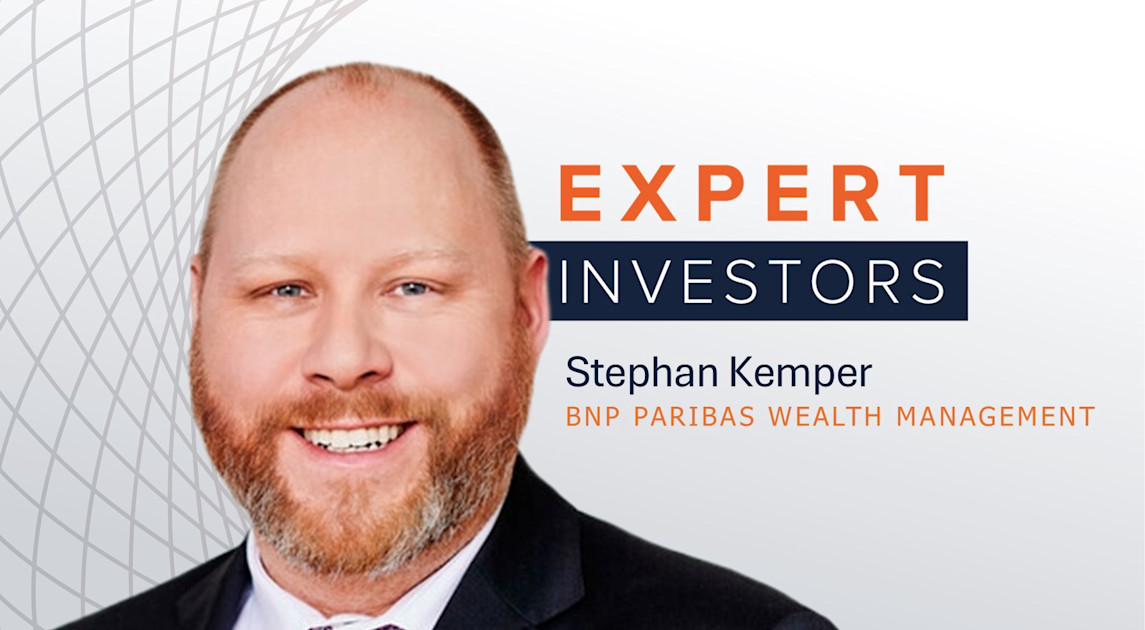This article first appeared in ETF Insider, to read the full edition, click here.
Bạn đang xem: US large caps ‘priced for perfection’
While many investors continue to put their faith in the perpetual earnings growth of ‘magnificent seven’ equities, Stephan Kemper, chief investment strategist at BNP Paribas Wealth Management, warns US large cap equities are “extremely expensive”.
Following President Donald Trump securing a second term in office in November, Kemper’s team upgraded US equities from neutral to overweight, with a preference for small and midcap equities.
“The reason for that is we feel the traditional S&P 500 is still extremely expensive – driven by a few names which make up 35% of the index – these names are almost priced for perfection,” he said.
“If you look at historic, long-term relationships between valuation and returns, there is quite strong evidence that the more expensive your starting point, the less attractive your long-term returns.
Xem thêm : Australian Super Fund AMP Makes Bitcoin Allocation
“Plus, if you look at the earnings yield of the S&P 500, which recently turned negative, which is the first time in decades, that is a clear warning sign.”
However, Kemper suggested the cyclicality and relatively domestic focus of small and midcap companies stand to benefit from Trump policies including an extension of tax cuts and continued deregulation.
“At least in the short-term, we expect Trump policies to be gross positive for US equities.
“They can at one point turn negative, assuming he would introduce heavy tariffs or be too harsh on immigration policies, which could push inflation upwards and force the Federal Reserve to reverse course in terms of tightening, but this is not our base case scenario.”
Passive and active use cases
Speaking on BNP’s implementation approach, Kemper said his team’s portfolios are currently 50-60% comprised of ETFs, however, there is a distinction between the roles of passive and active management across core and more exotic exposures.
“If we think about the yield of European investment grade credit, if I trade mutual funds and I have to carry a total expense ratio (TER) of 60-70 basis points (bps), perhaps higher depending on whether you are trading a retail or institutional share class, that is quite a hefty chunk of the potential return.
Xem thêm : BlackRock says 1-2% a ‘reasonable’ Bitcoin portfolio allocation
“Whereas, if I trade an ETF with a 15bps TER, it is very hard for actively managed funds – at least in vanilla bond exposures – to beat passive ETFs net of fees.”
He noted the same can be seen within equities, where passive vehicles can be used to capture well-covered markets, whereas active managers have better odds of achieving consistent outperformance in small caps and emerging markets.
Turning to the growing active offering with ETFs, Kemper said the new product frenzy fundamentally changes the traditional use case for ETFs.
“If we are looking to quickly increase or decrease exposure, these are not the tool we will go for, because you need to perform proper due diligence, to ascertain to what extent these products are active, what they are doing, what their benefit is and then we can decide to buy or not.
“For me, an active ETF would be more of a strategic asset allocation tool than a tactical asset allocation tool, which a traditional ETF is from my perspective.”
Product innovations
Looking at ETF product development, Kemper described fixed maturity bond ETFs as “the most interesting launches of the last year or so”, while saying buffer and premium income ETFs have “interesting” narratives but may add value for a smaller cohort of investors.
In future, he called for a global equity ETF focused not on the companies providing artificial intelligence (AI) hardware, but those which stand to harness the efficiency gains from embracing the technology.
Nguồn: https://exponentialgrowth.space
Danh mục: News

